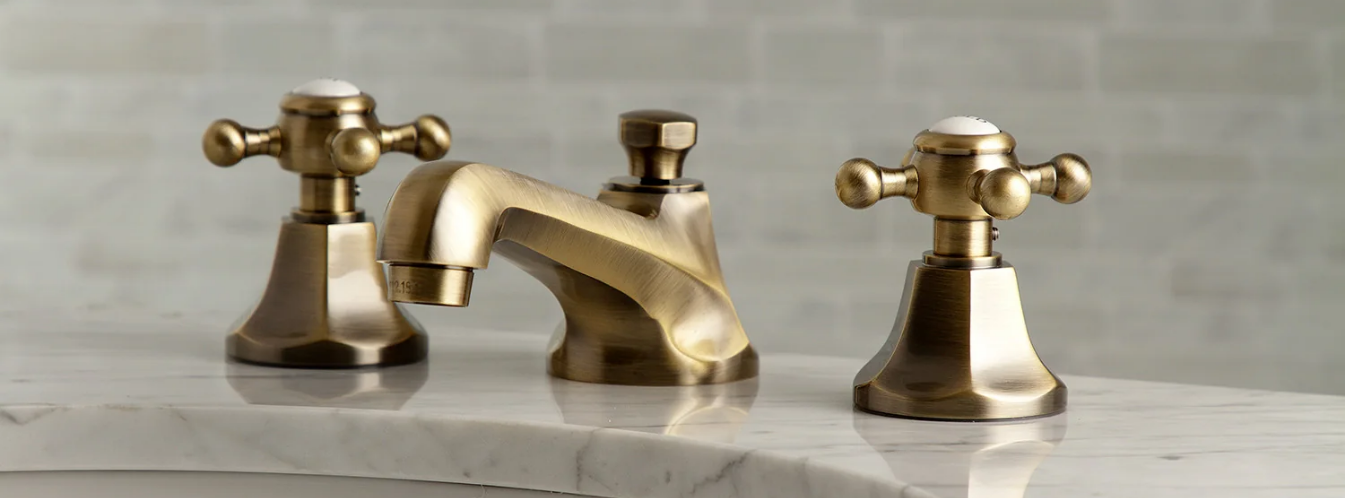Get PRO Pricing
Get [PRO] Pricing

An aerator is a small component of your faucet, and is needed to add air to the flow of water. A faucet aerator is a threaded attachment that is typically made of metal or plastic and screws onto the end of the faucet spout. Its primary purpose is to introduce air into the water stream, which has several beneficial effects. It contains small channels or perforations for water to pass through while mixing in air. This process is what gives the aerator its name – it "aerates" the water.
They do this by introducing air into the water stream through tiny perforations within the aerator assembly. This mixing of air and water results in a softer and more uniform flow. The presence of air reduces the volume of water that comes out of the faucet, thus lowering the overall flow rate. This can be especially beneficial when you need a controlled stream, such as when washing hands or dishes. Aerators maintain a consistent pressure, ensuring that water is delivered smoothly and uniformly. This prevents sudden surges in water pressure that can lead to splashing or discomfort.
The benefits of this aeration process include:
Faucet aerators are versatile devices designed to fit a wide range of faucet types and sizes. In most cases, the faucet in question is more likely to be compatible with an aerator than not. This includes kitchen, bathroom, bar prep, utility, and commercial faucets.
Faucet aerators come in various sizes and thread types to fit different faucets. Common thread types include:
Male Threads: Male Threads measure 15/16 inches. These aerators have threads on the outside and are screwed into faucets with female-threaded spouts.
Female Threads: Female Threads measure 55/64 inches. These aerators have threads on the inside and are designed to fit onto male-threaded faucet spouts.
Universal Aerators: Some aerators come with adapters or multiple thread sizes, making them compatible with a broader range of faucets.
Aerators typically include restrictors, these restrictors vary in sizes and are typically measured in GPM, representing the flow rate. Common sizes include 1.0 GPM, 1.5 GPM, 1.8 GPM, and 2.0 GPM. Choosing the right size depends on your water-saving goal, personal preference, and local water regulations. Lower GPM values result in greater water conservation but may slightly reduce water pressure.
Occasionally, aerators will become clogged or not perform efficiently. Here are some common aerator issues and how to resolve them.
Locate & Remove the Existing Aerator: Examine the tip of the faucet spout to locate the aerator. It is the round attachment at the end. Depending on your faucet's design, you can either unscrew the aerator by hand or use an adjustable wrench or pliers. Turn it counterclockwise to loosen and remove it.
Apply Teflon Tape (optional): If desired, wrap a few layers of Teflon tape clockwise around the threads of the faucet spout. This helps create a watertight seal.
Screw in the New Aerator: Screw the new aerator onto the faucet spout by turning it clockwise. Hand-tighten it first and then use an adjustable wrench or pliers to snug it up gently. Be careful not to overtighten, as it could damage the threads or the aerator itself.
The lifespan of a faucet aerator can vary depending on factors such as water quality, usage, and maintenance. However, as a general guideline, replace the aerator every 2-5 years to keep it performing efficiently. Signs that your aerator may need replacement include: Persistent leaks or drips after cleaning, decreased water flow or uneven water pressure, damage to the aerator components, inability to remove mineral buildup despite cleaning efforts.
Utilizing an aerator regulates water flow, maintains steady pressure, and reduces splashing, all while promoting energy efficiency. The replacement process is relatively simple, and is achievable by all skill sets. Kingston offers a variety of aerator replacements in an extensive line of designer finish options.







